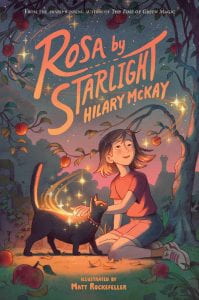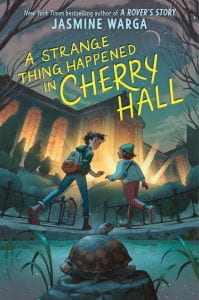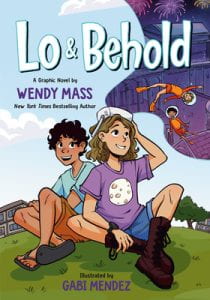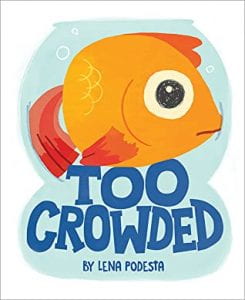 McKay, Hilary. Rosa by Starlight. Margaret K. McElderry Books, 2024. 978-1-665-95810-3. 148 p. $16.99. Grades 4-6.
McKay, Hilary. Rosa by Starlight. Margaret K. McElderry Books, 2024. 978-1-665-95810-3. 148 p. $16.99. Grades 4-6.
Rosa Mundi’s world is turned upside down after the death of her parents in a car accident. Even though her long-lost aunt and uncle are taking care of her, her life at age eleven is still a shadow of what it was. Rosa’s cold and uncaring relatives are only interested in their artificial grass company. The one bright spot in her life is her friendship with a black cat named Balthazar, who magically enters Rosa’s bedroom through a closed window and introduces himself. Rosa, who believes in the power of magic, is excited when the cat helps her find a bracelet of Venetian beads in the roots of an apple tree. Her guardians announce that they are planning a trip to Venice to sell plastic grass there and reluctantly take Rosa with them. While her relatives stay in a posh hotel, they take Rosa to a small family hotel and restaurant where the owners only speak Italian. The young girl soon meets a Venetian ginger cat, who reminds her of Balthazar. Alone in the hotel, Rosa learns some Italian from Signora and Signor Mancini, the innkeepers, and she begins to help them around the hotel. She is surprised when her aunt and uncle give her twenty euros and is suspicious that they are plotting something. Later when they meet on the Rialto Bridge, the aunt and uncle try to push her into the water below. When Rosa yells stop, everyone is frozen in place and she runs away only to get lost. With the help of some cats, a thief, and a flying lion, Rosa returns to the Mancini’s hotel, where she learns a secret about the bracelet that changes her life forever.
THOUGHTS: Children will be drawn to this story of cats and magic, which are often favorite subjects. They will also enjoy the charming pencil drawings by Rockefeller. This short chapter book is a worthwhile purchase for middle grades, particularly where the author’s books are popular. A Junior Library Guild selection.
Fantasy









